Tenerife dragon tree in its native Canary Islands' landscape
Puntagorda, La Palma, northwestern Canary Islands; Saturday, September 3, 2005, 20:55: Zyance, CC BY-SA 2.5, via Wikimedia Commons @ https://commons.wikimedia.org/wiki/File:Drago_z02.jpg
Map of Canary Islands shows eight main islands and three of the archipelago's small islands or islets.
Main islands increased to eight with promotion of La Graciosa ("Graceful") from islet to island in 2018.
Dracaena draco is associated with Tenerife (center), the archipelago's largest island.: Oona Räisänen (Mysid), Public Domain, via Wikimedia Commons @ https://en.wikipedia.org/wiki/File:Map_of_the_Canary_Islands.svg
Canary Island dog (Presa Canario); Friday, June 4, 2004, 16:58: Steffen H. Wohnort (Caronna), CC BY-SA 3.0, via Wikimedia Commons @ https://commons.wikimedia.org/wiki/File:Dogo_Canario_bearb.jpg
Tenerife dragon trees, Santa Cruz de Tenerife harbor; Thursday, January 2, 2003, 12:10: Foxbasealpha at English Wikipedia, Public Domain, via Wikimedia Commons @ https://en.wikipedia.org/wiki/File:SantaCruzHarbour.jpg
Tenerife symbols: Pico del Tiede (background) and Roque Cinchado (foreground)
Parque Nacional del Teide, Tenerife: Christian Abend, CC BY-SA 2.0, via Wikimedia Commons @ https://en.wikipedia.org/wiki/File:Teide2007.jpg
Blue Chaffinches (Fringilla teydea), passerine finches, are endemic to outer Canary Islands of Gran Canaria and Tenerife.
male blue chaffinch: Bartkauz, Public Domain, via Wikimedia Commons @ http://en.wikipedia.org/wiki/File:Teidefink.jpg
female blue chaffinch: bartkauz, CC BY-SA 3.0, via Wikimedia Commons @ https://commons.wikimedia.org/wiki/File:Teidefinkweibchen.JPG
Canary Island pine (Pinus canariensis); pine species endemic to outer Canary Islands (Gran Canaria, Tenerife, Hierro and La Palma)
Canary Island pine (Pinus canariensis) forest, Caldera de Taburiente, La Palma, Canary Islands: JuVlai, CC BY-SA 2.0, via Wikimedia Commons @ https://commons.wikimedia.org/wiki/File:Pinus_canariensis_forest_Caldera_de_Taburiente_4.jpg
A sparse, stark, rocket-style profile may characterize a Dracaena draco that is young or one that simply grows straight up, without flowering or forking.
dragon tree in courtyard of traditional 17th century house, now Casa Museo León y Castillo, Arucas, northern Gran Canaria: Raycojimenezg, CC BY-SA 3.0, via Wikimedia Commons @ https://commons.wikimedia.org/wiki/File:Casa_Museo_León_y_Castillo_Patio.jpg
forking trunk of Tenerife dragon tree: Zyance, CC BY-SA 2.5, via Wikimedia Commons @ https://commons.wikimedia.org/wiki/File:Drago_z05.jpg
"This tree is said to have been revered by the Guanches as the ash of Ephesus was by the Greeks" (A. von Humboldt in W. Macgillivray, p. 41)
Described In June 1799 by Prussian explorer Alexander von Humboldt as 60 feet high with a circumference of 48 feet, the tree lost one-third of its crown in 1819 tempest and finally was felled by c.1867 storm (Élie Metchnikoff, 1908, pages 96-98).
La Orotava dragon tree in Mr Franqui's garden; William MacGillivray, Travels and Researches (1833), page 42: Not in copyright, via Biodiversity Heritage Library @ http://biodiversitylibrary.org/page/19195362
1852 illustration of young dragon's blood tree
C. Lemaire, Le jardin fleuriste, vol. 2 (1852), Planche 124: Public Domain, via Biodiversity Heritage Library @ https://www.biodiversitylibrary.org/page/59117904
Dragoniers à différents âges (Dracaena draco Dragon Tree at Different Ages), Casa de Franchy, La Orotava, northern Tenerife; British artist J.J. Williams, illustrator; Félix Achille Saint-Aulaire (1801-1889), lithographer
great Orotava Dragon Tree 1790 (left, with ladder): great Orotava Dragon Tree 1830 (55 feet [16.7 mtrs] circumference at ground level); July 21, 1819, storm damage commemorative plaque (right)
P. Barker Webb and S. Berthelot, Histoire naturelle des Iles Canaries Atlas (1838), Facies Plate 8, page 40: "All ECHO content shall be made freely available on the Internet in the most technically adequate and feasible way possible," via ECHO-Max Planck Institute for the History of Science @ https://echo.mpiwg-berlin.mpg.de/ECHOdocuView?url=/permanent/humboldt/webb_histo_fr_01_1838/index.meta&pn=40&ww=0.3644&wh=0.3644&wy=0.6213; Public Domain, via Wikimedia Commons @ https://commons.wikimedia.org/wiki/File:Berthelot_drago_franchy.jpg
Millenial Dragon Tree (Drago Milenario)
Icod de los Vinos, Tenerife: Miguel303xm, CC BY-SA 2.5, via Wikimedia Commons @ https://commons.wikimedia.org/wiki/File:Drago-icod.jpg
infructescence (fruiting stage) of flowering Tenerife dragon tree
Puerto de la Cruz, Tenerife; Sunday, March 27, 2011, 12:49: Quartl, CC BY-SA 3.0, via Wikimedia Commons @ https://fr.wikipedia.org/wiki/Fichier:Dracaena_draco_qtl1.jpg
Dracaena draco bark
Botanischer Garten Bochum, northwest Germany: Frank Vincentz, CC BY-SA 3.0, via Wikimedia Commons @ https://commons.wikimedia.org/wiki/File:Dracaena_draco_1_ies.jpg
skin of Dracaena draco trunk
Tuesday, Aug. 30, 2005, 16:58: Zyance, CC BY-SA 2.5, via Wikimedia Commons @ https://commons.wikimedia.org/wiki/File:Drago_z07.jpg
Greek mythology's fearsome dragon Ladon is depicted on gate of Barcelona's Finca Güell, built 1884-1887, by Catalan architect extraordinaire Antoni Gaudí (June 25, 1852–June 10, 1926).
Ladon, from whose blood sprouted the world's dragon trees; Saturday, September 13, 2008, 18:52: SBA73, CC BY-SA 2.0, via Wikimedia Commons @ https://commons.wikimedia.org/wiki/File:Pavellons_de_la_Finca_Güell_(Barcelona)_-_1.jpg; SBA73, CC BY SA 2.0, via Flickr @ https://www.flickr.com/photos/7455207@N05/3210064288/in/pool-wikilovesmonumentscat
At bases of dead leaves of Dracaena draco is "dragon's blood," red resin, reputedly used on Stradivarius violins.
Ganna Walska Lotusland botanical garden, Cold Spring Road, Montecito, Santa Barbara County, California Central Coast: Sharktopus, CC-BY-SA-3.0, via Wikmedia Commons @ https://en.wikipedia.org/wiki/File:DracaenaDracoLeaves.jpg
formerly a source of admiration and awe, now a hallowed memory: La Orotava dragon tree as it was, flourishing before storm of 1819, persevering for five decades afterward, then succumbing ca. 1867-1868
illustration after drawing by Sabin Berthelot (April 4, 1794 - November 10, 1880)
C. Lemaire, Le Jardin Fleuriste (1852), Planche 124: Public Domain, via Wikimedia Commons @ https://commons.wikimedia.org/wiki/File:Dracaena_draco_Dragonnier_avant_1819.jpg
importance and appreciation of Dracaena draco: La Orotava's coat of arms on stained glass window in hall of City of La Orotava
Design of La Orotava's coat of arms recognizes the city as location of mythological Garden of Hesperides, site of Eleventh Labor of Hercules.
window in City Hall (el Ayuntamiento), La Orotava, northern coast of Tenerife; Sunday, June 18, 2006, 00:59: Christian Köppchen (Koppchen), CC BY 3.0, via Wikimedia Commons @ https://commons.wikimedia.org/wiki/File:Orotava_Ayuntamiento_04.jpg
Three Tenerife natives
Multiply-forked, leafy crowned Canary Islands dragon tree (Dracaeno draco) thrives to right (right background) of Canary Island date palm (Phoenix canariensis; mid-foreground), as Canary Island pine (Pinus canariensis) shoots upward (left background).
Cueva de Belmaco, eastern La Palma, northwestern Canary Islands; Wednesday, April 12, 2006, 12:41:51: Jose Mesa (Mataparda), CC BY-SA 2.0, via Flickr @ https://www.flickr.com/photos/liferfe/135066953/


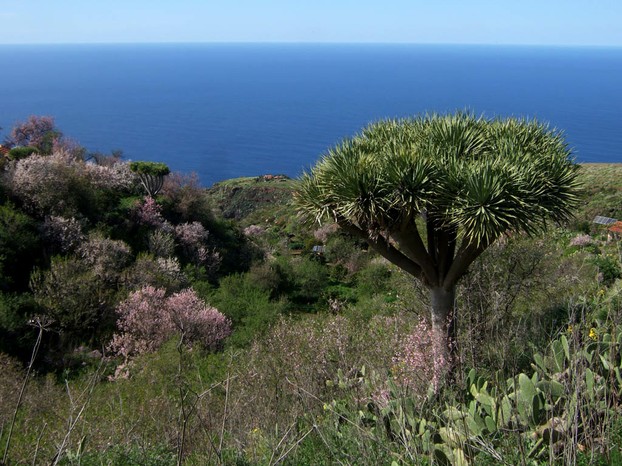
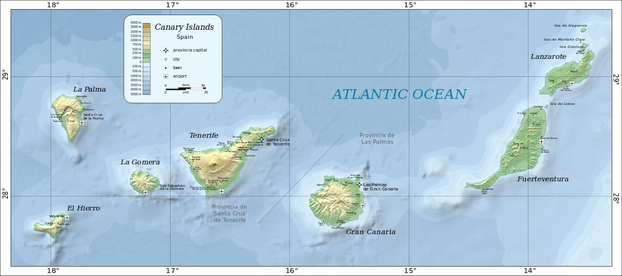
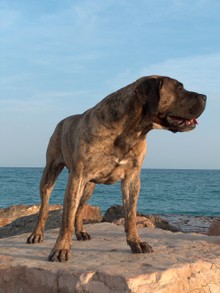
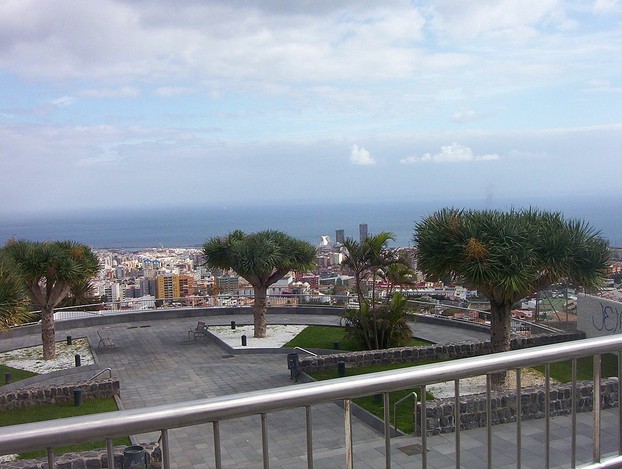
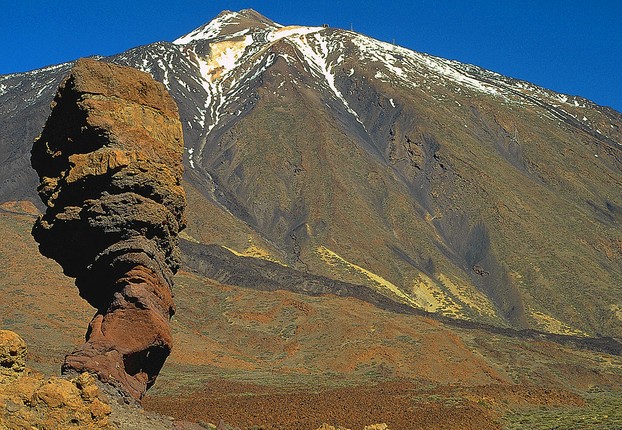
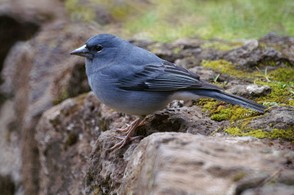
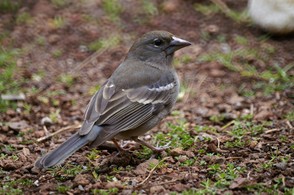
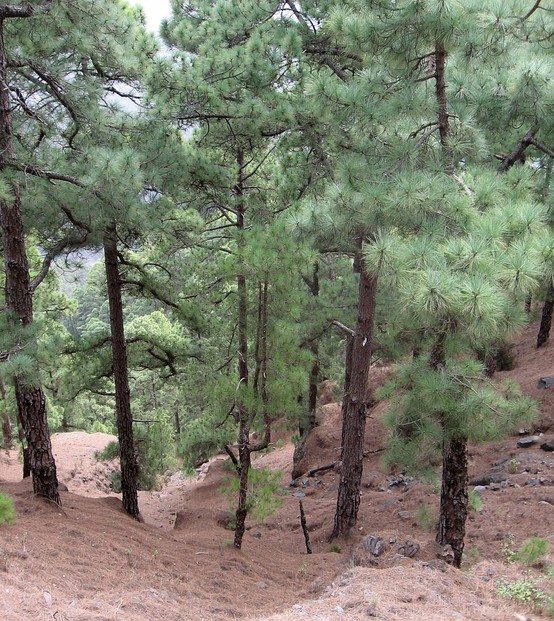
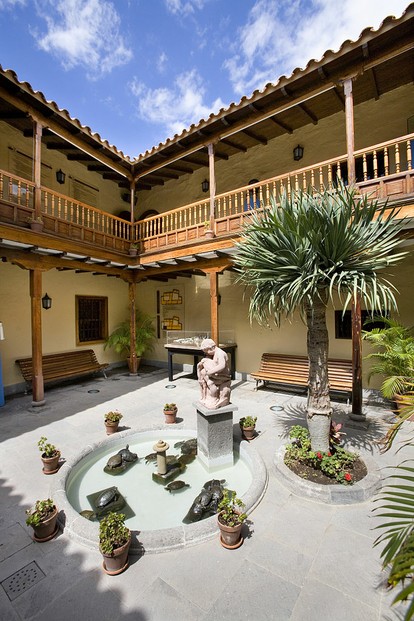
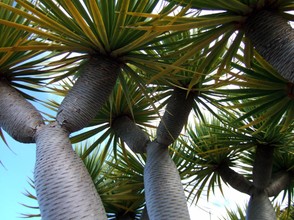
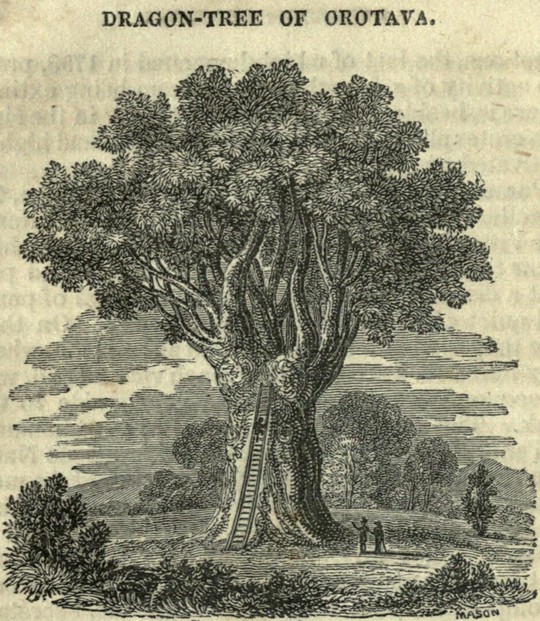
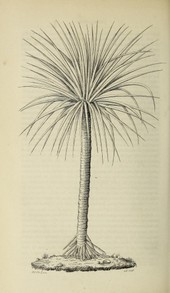
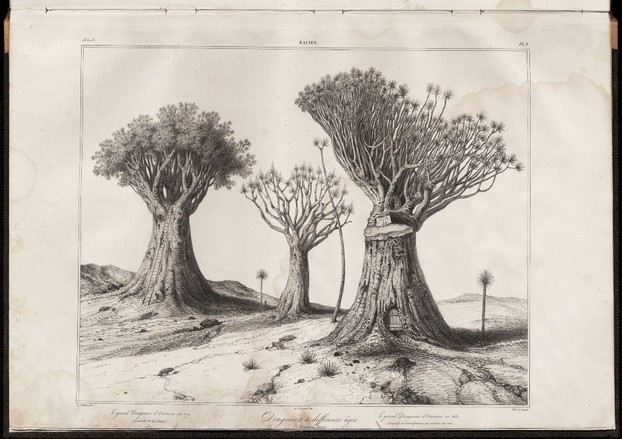
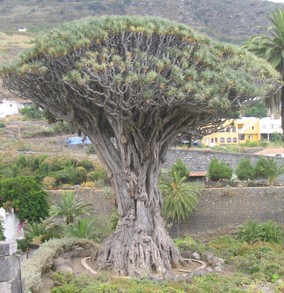
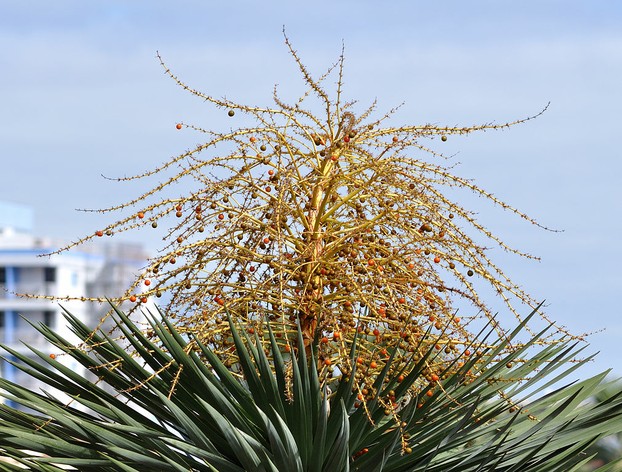
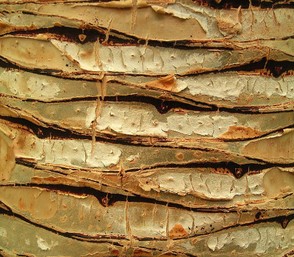
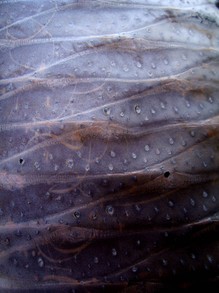
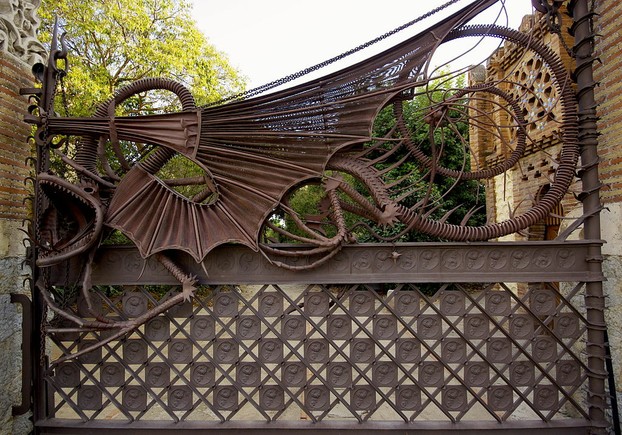
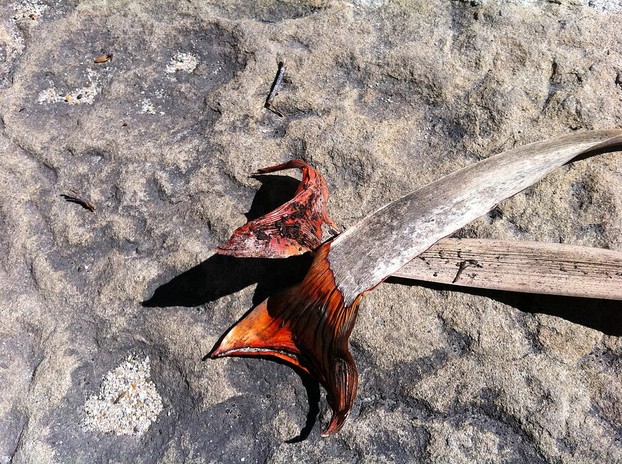
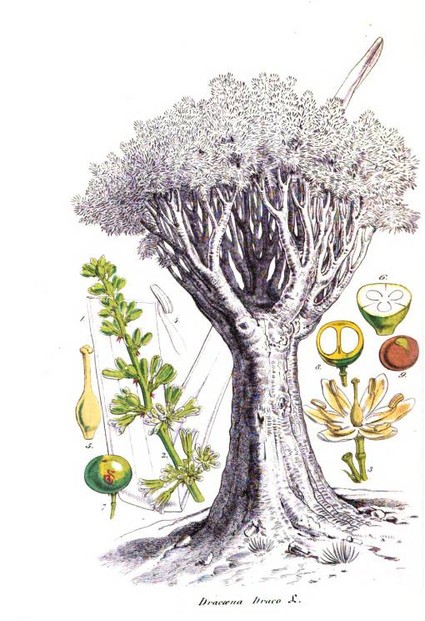
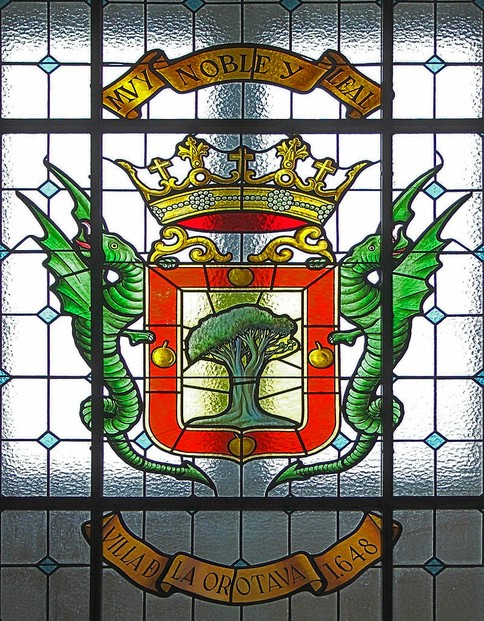
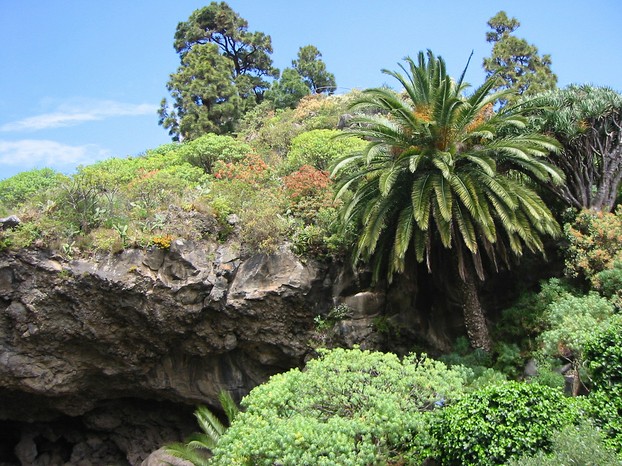





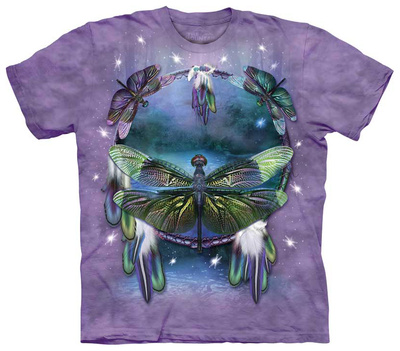
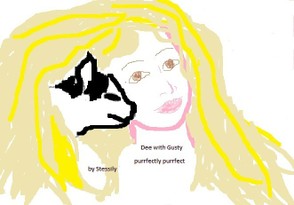
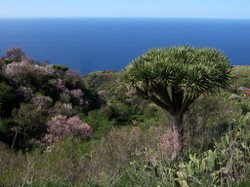

 Are Hawaiian Huakai Po Nightmarchers Avenging Halloween Thursday?on 10/02/2024
Are Hawaiian Huakai Po Nightmarchers Avenging Halloween Thursday?on 10/02/2024
 Mailing Addresses for 2023 Form 4868 Extending 1040 and 1040SR April 15, 2024, Due Dateon 04/15/2024
Mailing Addresses for 2023 Form 4868 Extending 1040 and 1040SR April 15, 2024, Due Dateon 04/15/2024
 Mailing Addresses for 2023 Forms 1040 and 1040SR Filed in 2024on 04/15/2024
Mailing Addresses for 2023 Forms 1040 and 1040SR Filed in 2024on 04/15/2024
 Mailing Addresses for 2022 Form 4868 Extending 1040 and 1040SR April 18, 2023, Due Dateon 04/13/2023
Mailing Addresses for 2022 Form 4868 Extending 1040 and 1040SR April 18, 2023, Due Dateon 04/13/2023

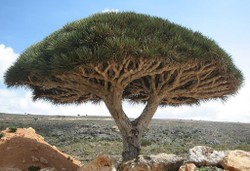
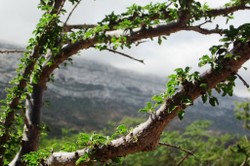
Comments
The comment boxes Dec. 3 and 14, 2024, advise us of world-garden models.
It can be so educational, so memory-retentive to connect garden displays and models with drinkable, edible takeaways.
The comment box immediately below on Dec. 14, 2024, describes such takeaways as posters, signs and t-shirts for a hypothetical world garden where Tenerife plants dazzle.
So what about drinkable, edible takeaways?
Tenerife has bottle brush (Callistemon), eucalyptus, spider-flower (Grevillea) and tea-tree (Leptospermum).
Bottle-brush nectar makes a sweet drink even as eucalyptus manifests a tasty fruit and leaf salad munchably marvelous matched with eucalyptus nectar as dressing and drink and as vanilla ice cream.
Spider flower (Grevillea) nourishes us with a nice flower and nutty-seed salad.
Tea tree (Leptospermum) occasions a flower, fruit and leaf salad with nectar dressing and drink.
The computer crashed before I continued to another component of my observation and question in the comment box immediately below.
The 13th in-text image particularly inspires me to a world-garden iteration of Tenerife dragon trees.
Woody plants sometimes look recognizable, sometimes unrecognizable when immature to how they look when mature and vice versa. So that image musters a game plan for matching and mixing different ages into Canary-Island displays in a world garden.
The 20th in-text image offers such a progression, such an evolution of dragon-tree bark, foliage, fruits and habit as to occasion their occurring on posters, signs and takeaways such as t-shirts in the hypothetical world garden, wouldn't one imagine?
Cultivated, semi-cultivated, semi-wild, wild places are such uplifting ways to acquaint oneself with our Blue Marble!
Isn't it inspirational to imagine world gardens that country-, island-iconic plants inhabit to inspire human earthly inhabitants?
What plants might Canary Islanders muster? Most likely, date palms and dragon trees and pines, correct? And what else?
The third paragraph to the first subheading, Tenerife, advises us that "The Canary Islands are not so called because of populations of canary birds. The name instead derives from the derogatory (and untrue) Latin word canaria for the islands' reputedly aggressive (but actually lovably well-behaved) dogs. The reputation stems from the report of an expedition sent by Juba II (52/50 B.C.-A.D. 23), who ruled as:
King of Numidia (in modern Algeria and western Turnisia);
Husband of Cleopatra Selene II (December 25, 40 B.C.-5 or 6 B.C.);
Son-in-law of Roman General Mark Antony (January 14, 83 B.C.-August 1, 30 B.C.) and Egyptian Pharaoh Cleopatra VII Philopator (69 B.C.-August 12, 30 B.C.).
The name Tenerife honors the island's snow-covered volcano, Mount Tiede (Pico del Teide). The native word tene means "mountain." The native word ife means "white."
Source authorities can be considered critical in conveying correct or non-correct cultural information.
For example, how do we evaluate the dog-related details from a ruler whose dominion over the southwest Mediterranean derived from ancient Egypt and Greece desiring more domains under their domination?
Luz, Congratulations on being from such a beautiful archipelago! I've altered the sentence to make sure that nobody thinks so uncharitably about the noble Dogo Canario since that never was my intention.
I take it with a grain of salt when one culture comes up with an insulting observation about another, and definitely in regard to wildlife since I ask myself, if the behavior is true how were the animals being disdained and mistreated by these non-native peoples? For example, in a different direction, on the other side of the pond, Quechua actually is Runa Simi (language of the people), but enemies of the Inca (who were not native speakers of Quechua) and Spanish-speaking settlers gave the language that name -- and unfortunately, it stuck -- since it comes from the word for "to steal." So unkind!
"The name instead derives from the Latin word canaria for the islands' reputedly aggressive dogs", isn't true at all, because the Dogo Canario dog is very quiet and noble because he's a sheep guardian dog and if he was aggressive he would attack the sheep. He looks like very strong but has an excellent character. I'm from Canarias. Thanks and regards!!
WriterArtist, You probably can grow the Tenerife dragon tree in one of your greenhouses. Cuttings and seeds are easily available through Internet-based ordering processes.
Thank you for visiting and commenting.
Terrific article - loved the facts and the details on the dragon tree. The pictures are very entertaining.